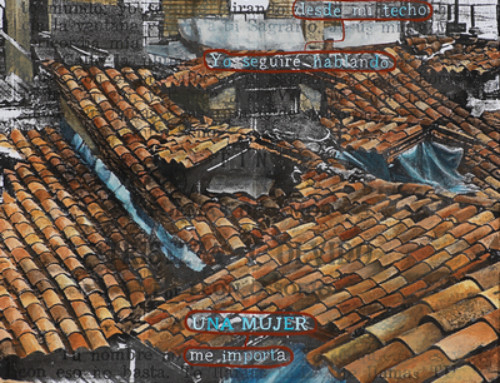Painters who depict an epic moment in history are driven by the same impulse as history writers: to stop forgetfulness. Their names might not be well known outside their own country, their personal lives might not matter. However, what they leave behind, the realism in their paintings, can bring the viewer back to that precise instant in time when an act of violence took place.
Spanish painter Antonio Gisbert’s “A Painting for a Nation: The Execution of Torrijos” at Museo del Prado in Madrid wants us to remember the moment immediately prior to the death of General Jose Maria Torrijos and 48 of his companions. They were liberal freedom fighters executed by firing squad without trial on orders of Fernando VII in 1831. The executions united the people with the revolutionaries, thus leading to the final defeat of Absolutism and the construction of the Spanish nation ruled by the will of the people through parliament.
I had to take a seat to admire the immense painting. Occupying a whole wall, everything in the room was dark except the painting. Over life-size figures, the corpses and the condemned men in the foreground while the firing squad in the background, Gisbert’s objective point of view succeeded in affecting me with emotion. And it is hard to forget an emotion.







